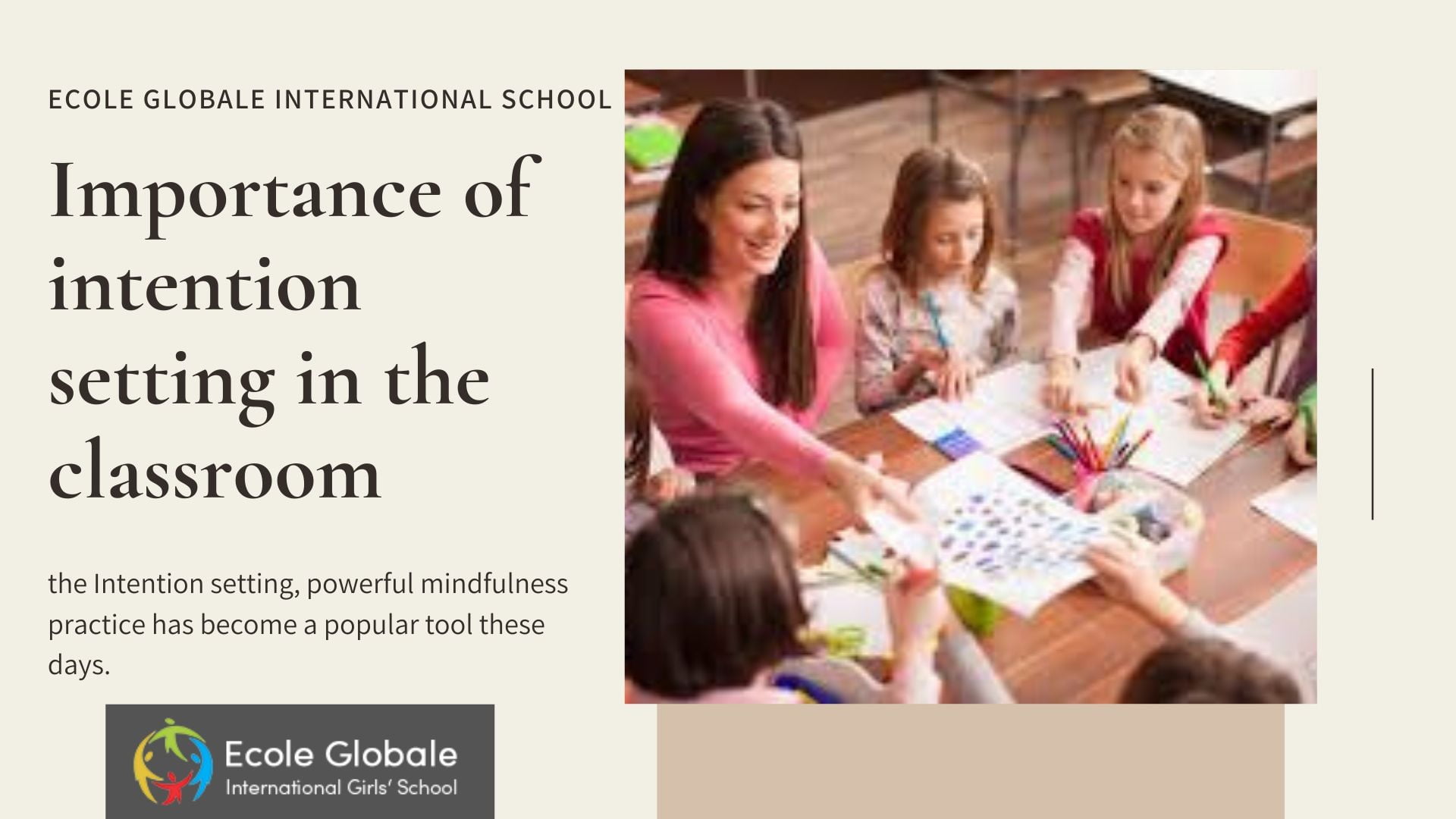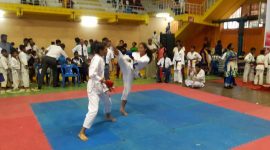For the personal and professional development of adults, the Intention setting, powerful mindfulness practice has become a popular tool these days.
Intention-setting should not be misunderstood as goal-setting. Intentions connect our present actions to personal value and are the guiding principles that help us while the targets which we try to achieve are the goals.
This method focuses on what we are and what we can. For example, a student says “I want to become a more hardworking and generous team member”, this could be his intention before joining a group work session.
The way the students hope to be before engaging themselves in some work and their inspirational visions of themselves, intention-setting can lead to more generative individual and group work. The student who aspires to be a more generous and hardworking team member is also setting the stage for fruitful collaboration.
Intention-setting in classes is enjoyable for educators as they work to support students’ emotional, social and academic development by integrating mindfulness practices into a project-based learning curriculum. In this method, for the upcoming activity, students are given 3 minutes to set an intention, and at the end of the class, they are given 5 minutes to reflect on how they lived their intention.
This intention-setting protocol is still in progress; however, some consideration has been identified to think through, in the process of refining it.
Key aspects of Intention Setting
At the beginning of every class, invite the students to set an intention as they are more effective when in the present moment, they reflect upon who we are and who we want to be. The students may choose a different intention or the same, which they’ve been working upon a whole week. What matters is that the person they intend to be, they can reflect on and articulate that aspect.
Sometimes students are unable to distinguish between goals and intentions. Students should be interested in making a personal commitment that is required for intention-setting. Another way was providing the students with a list of intentions that involve the risk that students may copy anyone from that list without thinking deeply.
Educators should ask students about what their intentions are or how they are working upon it; this will help to refocus their work. In this way, throughout the class period, you can keep a check on them. Rather than an extrinsic goal or motivator, if the check-in with a student is oriented around personal intention set by him/her, then it will be more powerful and effective.
Reflection doesn’t need to happen at the end of the period. For example, a teacher while checking in the student might say, “As you intend to be a deep listener, but your team is exploring a disagreement, then how will you lean into that intention?” This will encourage in the moment reflection.
One way is to consider implementing peer feedback in which students will share their intentions and get feedback on how they lived their intentions. But sharing intentions depends on several factors like students, their goals, classroom context, etc. Sometimes intentions are very personal, so if students have to share, they will not choose their actual intention, rather they will choose which represents less vulnerability. Strong classroom norms are required to have constructive feedback from the students and developing self-awareness feedback are important. Thus educators need to explore this way of implementing feedback.
At the end of the class, give time to the students to reflect. This will make them more self-aware by creating the iterative cycle. Students setting an intention and practicing it and then reflecting on how well they lived that intention will result in powerful learning. Students for the next class may choose a new or add nuance to the same intention depending on how well they were able to live their intentions and changes they see in themselves and their impact on other students and workers.









